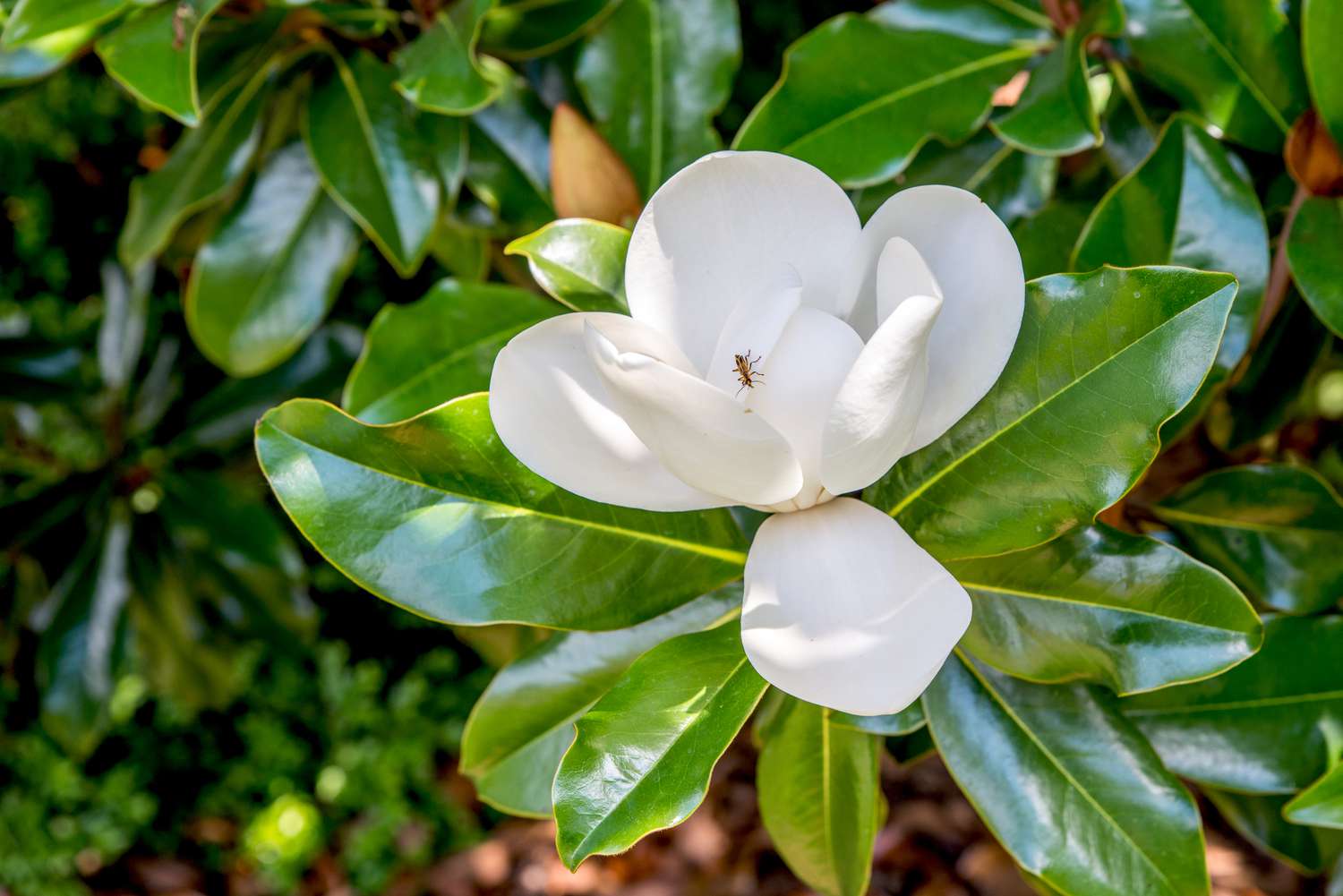
Magnolias are magnificent flowering trees that have captured the hearts of nature enthusiasts and garden lovers alike. These beautiful trees belong to the Magnoliaceae family and have a rich history dating back millions of years. Throughout the centuries, magnolias have been admired for their stunning flowers, unique foliage, and various uses in medicine and perfumery.
In this article, we will explore nine astounding facts about magnolias that will deepen your appreciation for these remarkable plants. From their impressive lineage to their symbolic meanings, these facts will shed light on the fascinating world of magnolias. So, sit back, relax, and let the wonders of magnolias unfold before your eyes.
But before we dive into the details, let’s take a moment to marvel at the sheer beauty of these trees.
Key Takeaways:
- Magnolias are ancient, diverse, and culturally significant plants with medicinal properties. They attract pollinators with their sweet scent and have long blooming seasons, making them a beloved choice for gardeners.
- With over 200 species and a wide range of colors, magnolias are stunning and adaptable plants. Their impressive size, rich cultural significance, and potential health benefits make them a captivating addition to any garden or landscape.
Magnolias are ancient plants
Magnolias are one of the oldest flowering plants on Earth. Fossil records indicate that they appeared at least 95 million years ago during the Cretaceous period.
Magnolias come in a variety of colors
While most people think of magnolias as white or pink, they actually come in a wide range of colors including yellow, purple, and even black. This diversity adds to their beauty and appeal in gardens and landscapes.
Some magnolia flowers are huge
The flowers of certain magnolia species can reach impressive sizes. The Magnolia campbellii, for example, produces flowers that can be up to 12 inches in diameter. These breathtaking blooms are a sight to behold.
Magnolias attract pollinators with their scent
Magnolia flowers have a strong and delightful fragrance that attracts pollinators such as bees and butterflies. The sweet scent fills the air and adds to the overall charm of these stunning flowers.
Magnolias have a rich cultural significance
Magnolias hold great cultural significance in various parts of the world, symbolizing beauty, purity, and dignity. In the United States, the magnolia tree is the state tree of Mississippi and Louisiana.
There are over 200 species of magnolias
The magnolia family, Magnoliaceae, includes over 200 different species. Each species has its own unique characteristics and traits, contributing to the incredible diversity within this plant family.
Magnolia bark has medicinal properties
In traditional medicine, magnolia bark has been used for its therapeutic properties. It is believed to have anti-inflammatory, anti-cancer, and anti-anxiety effects, among others. Modern research is exploring its potential health benefits.
Magnolias have long blooming seasons
Unlike many flowering plants that bloom for a short period, magnolias have relatively long blooming seasons. Depending on the species and climate, their beautiful flowers can last for several weeks or even months.
Magnolias are beloved by gardeners
Magnolias are highly regarded by garden enthusiasts for their stunning flowers, impressive size, and adaptability to different growing conditions. They make a captivating focal point in any garden or landscape.
Conclusion
In conclusion, magnolias are truly fascinating and awe-inspiring trees. Their unique characteristics and rich history make them a beloved choice for many gardeners and plant enthusiasts. From their beautiful and fragrant flowers to their medicinal properties, magnolias have a wide range of benefits and uses. Whether you are looking to add a touch of natural beauty to your garden or harness the healing properties of these remarkable trees, magnolias are sure to impress. So next time you come across a magnolia tree, take a moment to admire its splendor and remember these astounding facts about magnolias.
FAQs
1. How long do magnolia flowers last?
Magnolia flowers typically last for about one week. However, this can vary depending on the species and environmental conditions.
2. Are all magnolia flowers fragrant?
No, not all magnolia flowers are fragrant. While many species and cultivars have a delightful fragrance, there are also some varieties that do not have a strong scent.
3. Can magnolia trees tolerate cold climates?
Some magnolia species, such as the saucer magnolia (Magnolia x soulangeana), can tolerate colder climates. However, most magnolias prefer milder climates and may not thrive in extremely cold regions.
4. How tall do magnolia trees usually grow?
The height of magnolia trees can vary greatly depending on the species and growing conditions. On average, magnolia trees can grow anywhere from 20 to 80 feet tall.
5. Can magnolia bark be used for medicinal purposes?
Yes, magnolia bark has been used for centuries in traditional medicine for its various health benefits, including reducing anxiety, improving digestion, and promoting sleep.
6. Do magnolias require a lot of maintenance?
Magnolias are generally low-maintenance trees. However, they may require some pruning to maintain their shape and remove dead or damaged branches.
7. When is the best time to plant a magnolia tree?
The best time to plant a magnolia tree is in the early spring or fall, when the soil is moist and the temperatures are mild. This allows the tree to establish its roots before the extreme heat of summer or the harsh cold of winter.
8. Can magnolia trees be grown in containers?
Yes, certain dwarf magnolia varieties can be grown in containers. Just make sure to choose a large enough container and provide proper care and maintenance for the tree.
9. Are magnolias considered to be invasive?
No, magnolias are not considered to be invasive. They are generally well-behaved trees that do not spread aggressively.
Magnolias captivate with their beauty and rich history, but there's even more to explore. Delve into Louisiana's state flower and uncover surprising facts about this enchanting plant. For a cinematic twist, check out the intriguing details surrounding the film that shares its name.
Was this page helpful?
Our commitment to delivering trustworthy and engaging content is at the heart of what we do. Each fact on our site is contributed by real users like you, bringing a wealth of diverse insights and information. To ensure the highest standards of accuracy and reliability, our dedicated editors meticulously review each submission. This process guarantees that the facts we share are not only fascinating but also credible. Trust in our commitment to quality and authenticity as you explore and learn with us.


